Is your house heating unevenly? HVAC pros reveal 5 common reasons, plus their top tricks for consistent heating throughout your home
Eliminate hot and cold spots with these fixes
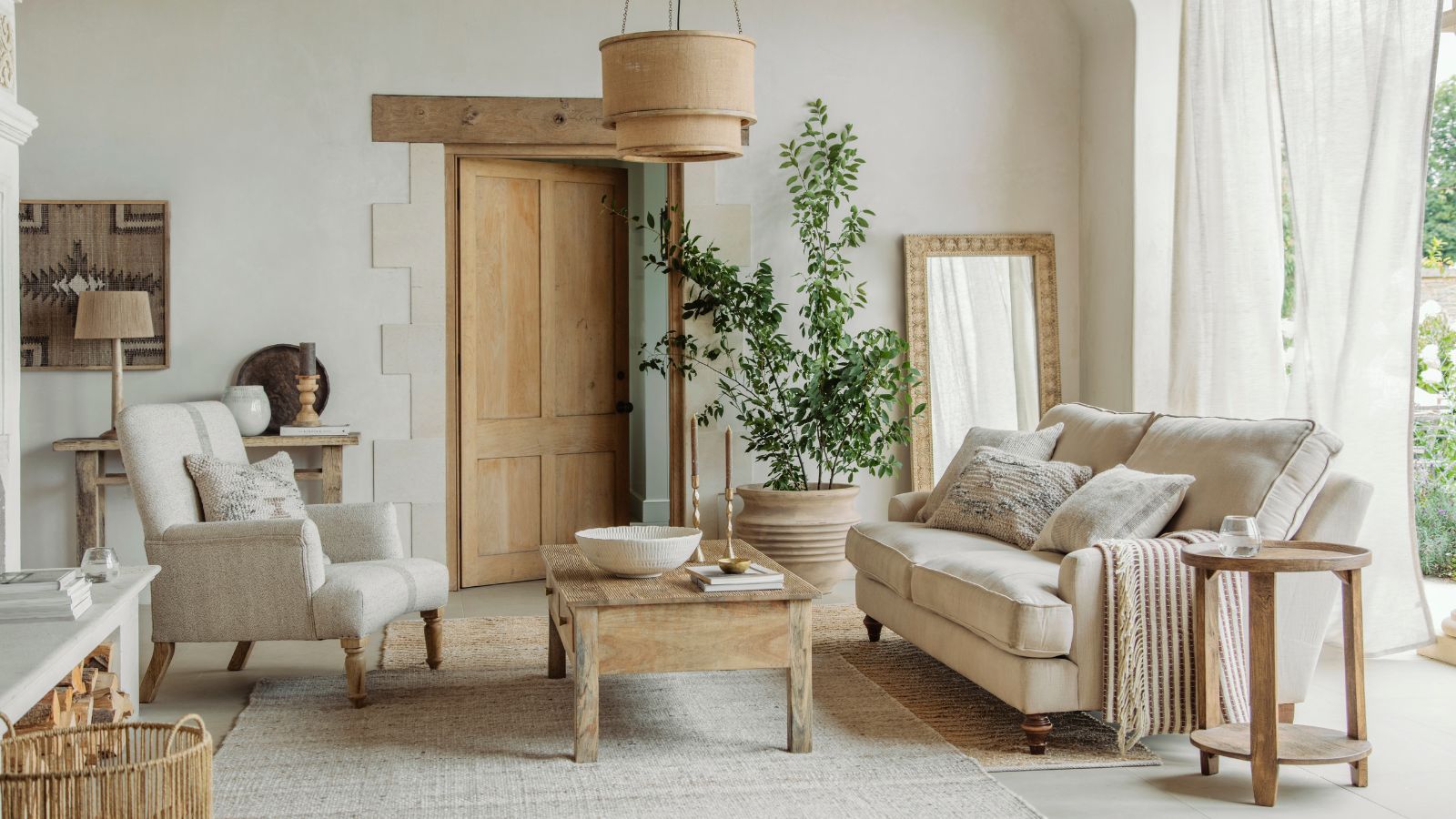

Ever walked from one room to another and been hit by a wave of warmth, only to go elsewhere and shiver from a sudden chill?
A home that is heating unevenly is a common frustration for many homeowners, resulting in toasty living rooms but freezing bedrooms and so on. Understanding cold and hot spots occur will help you tackle the problem head-on.
Here, HVAC professionals reveal the five reasons why your home is heating unevenly and how to create a more consistent and comfortable home while lowering energy bills.
How to fix uneven heating in a house
Everything from your home heating types to the condition of your vents and the position of your furniture can all play a part in eliminating hot and cold spots in your home.
Here’s where to start looking when trying to achieve the best temperature for a home in winter throughout your property.
1. Improperly sized or balanced HVAC system
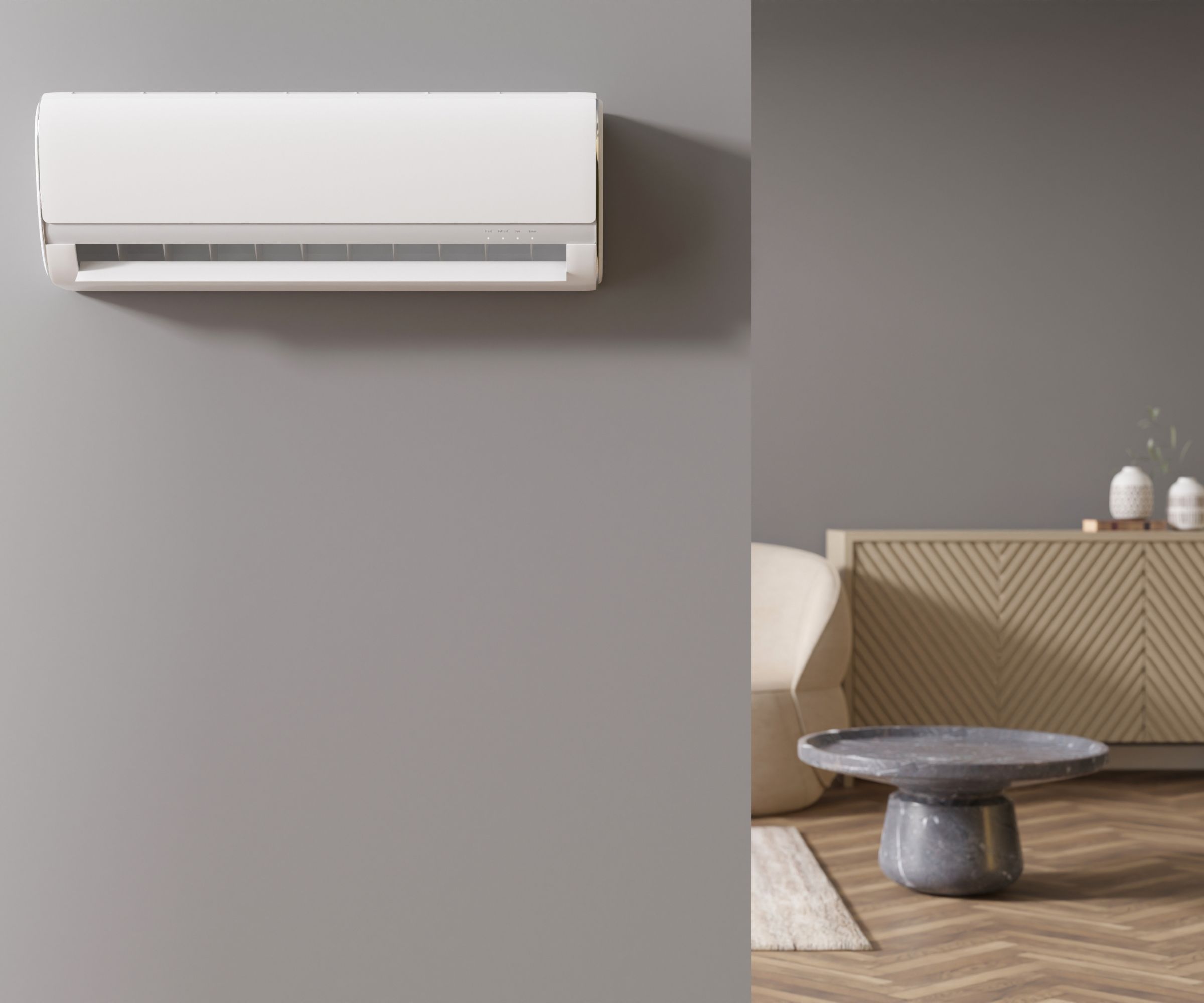
Josh Mitchell, HVAC technician and founder of Air Conditioner Lab begins, ‘One of the most common reasons for uneven heating is an HVAC system that is either too large or too small for the home. If the system is too large, it will heat the house too quickly and shut off before the warm air can circulate evenly. On the other hand, a system that is too small will struggle to reach all areas of the home, leaving some rooms colder than others and resulting in higher bills.’
Unfortunately, there is no quick fix, and it is a household project you should not DIY, and leave to the professionals, Josh warns.
When having a HVAC system serviced, Josh recommends, ‘Have a professional calculate load to determine the correct size for your HVAC system. This calculation considers factors like square footage, insulation levels, and window placement. If your system is already the right size but still heats unevenly, consider adjusting the dampers in your ductwork. This can help balance airflow to different rooms. For example, reducing airflow to rooms that are too warm and increasing it to colder areas can make a big difference.’
2. Poor insulation or air leaks
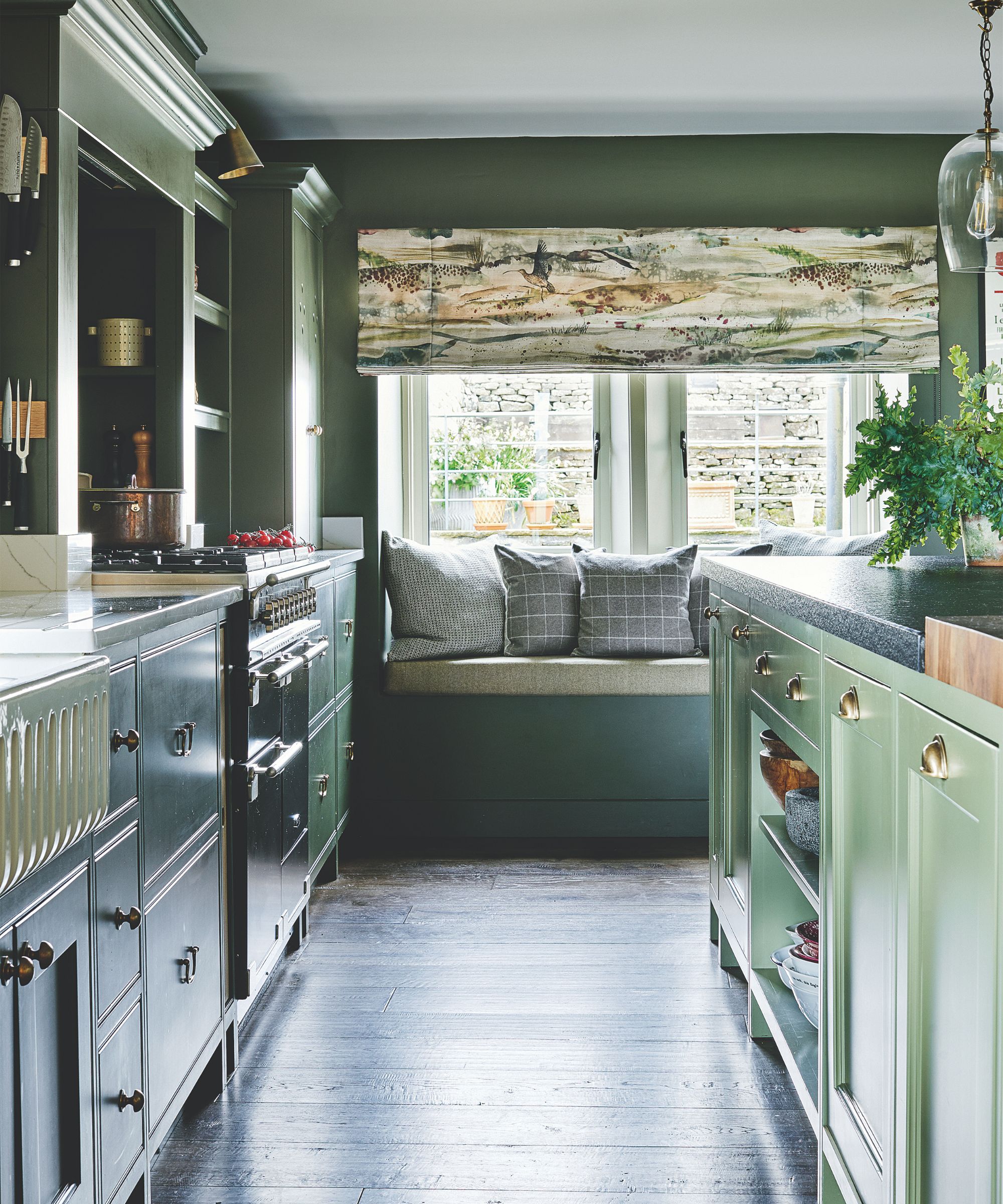
If you have not adequately draft-proofed a home, or have not looked into proper attic insulation types, then uneven heating could be a result of cold air transfer from outside.
Josh explains, ‘Another reason for uneven heating is poor insulation or air leaks in certain parts of the house. For example, heat can escape if your attic or exterior walls aren’t properly insulated, making those areas colder. Similarly, leaks around windows, doors, or electrical outlets can let cold air in, creating drafts and cold spots.
‘Check the insulation levels in your attic, walls, and basement. The U.S. Department of Energy recommends an R-value of at least R-38 for attics in most climates. Adding insulation can reduce heat loss by up to 20%.
‘Weatherstripping or caulk can seal air leaks around windows and doors, and foam gaskets can seal gaps around electrical outlets and switches. These minor fixes can improve comfort and reduce heating costs by 10-15%.’
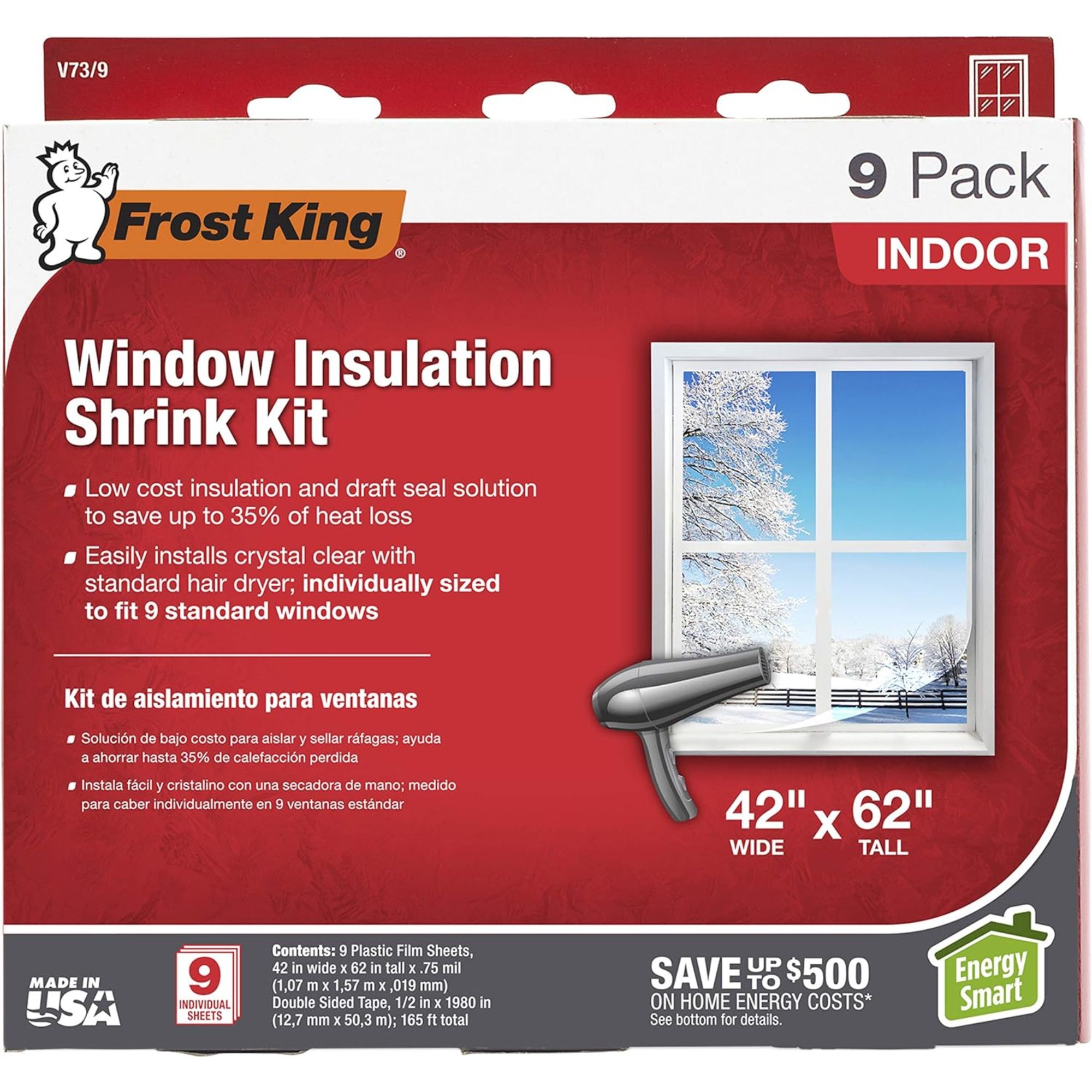
Glass is a hotspot for cold air transfer, letting hot air leak out and lowering your home's temperature. Window film adheres with heat, offering an extra thermal layer to minimize heat loss for a warmer space.
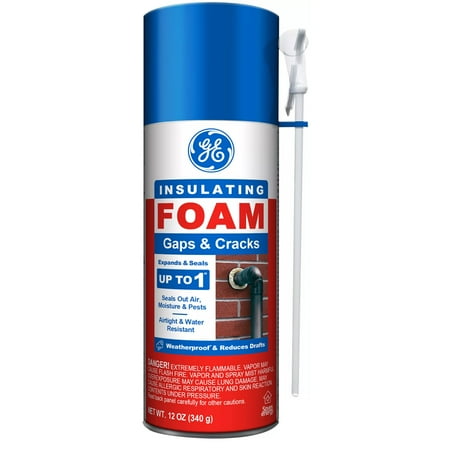
Insulating foam expands on application to fill gaps up to one inch in size, preventing air transfer around existing insulation panels or gaps around window frames for a warmer home.
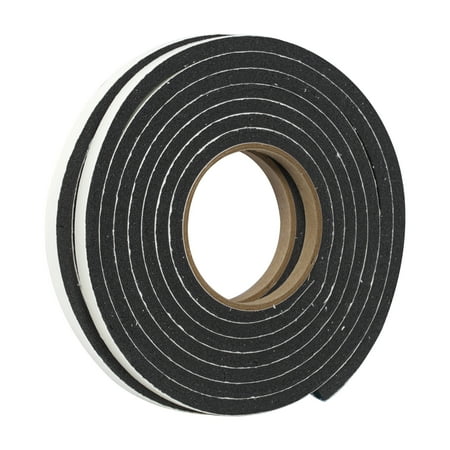
Weather stripping easily adheres to the outside edge of doors and window to block cold air transfer, making a home easier to heat.
3. Leaky or blocked vents
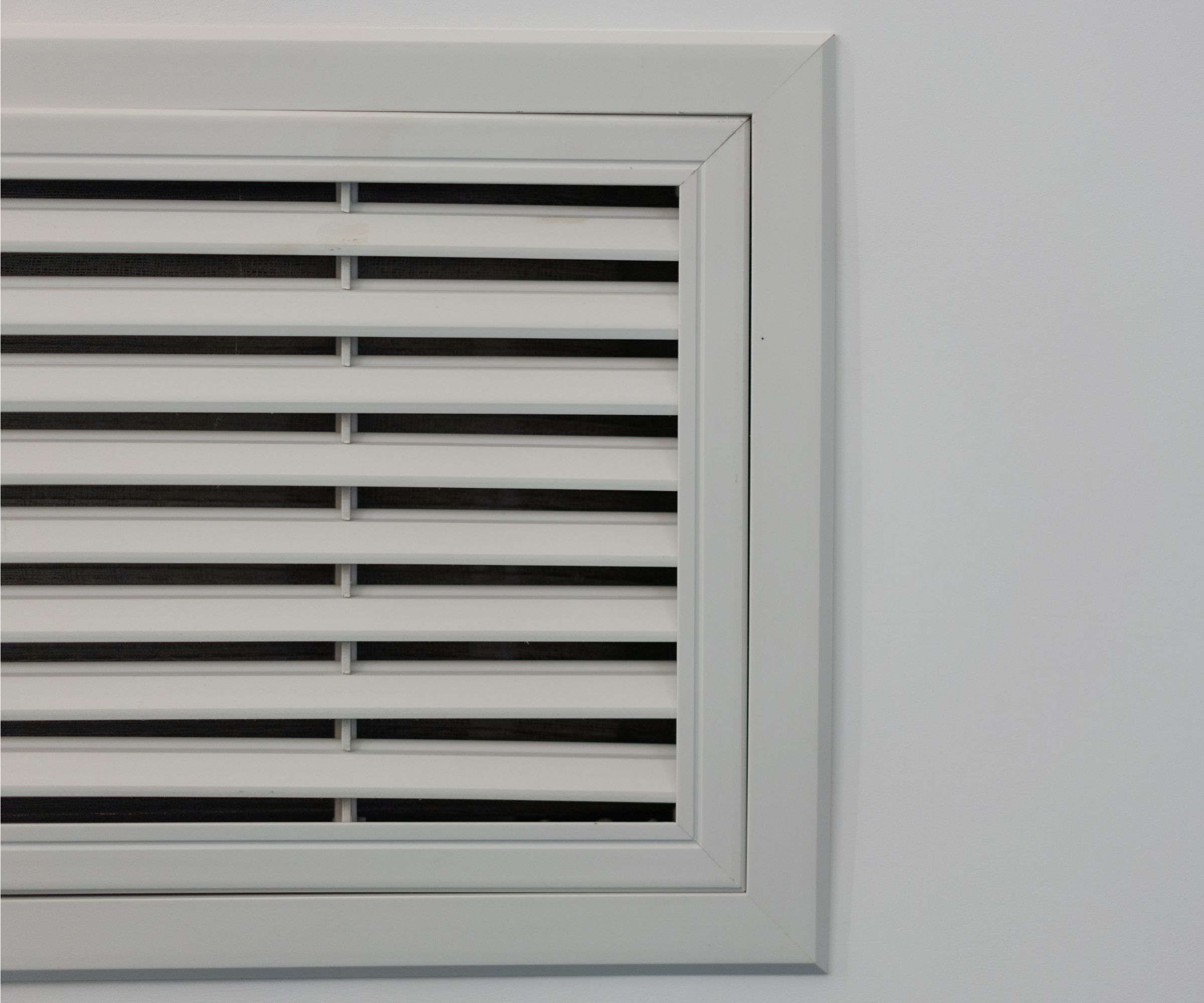
If your home is insulated and your HVAC system correctly sized, uneven heating could come down to a problem with the ducts and vents, says Glenn Gault, CEO at Gault Heating & Cooling.
He explains, ‘Even if the heater, whether it's a furnace or heat pump, is running fine, warm air might be escaping through hidden leaks. Warm air can also be restricted by closed interior doors or struggling to move through clogged filters.’
To test your vents yourself and identify cold spots Glenn suggests, ‘Starting with a paper or tissue test: take a tissue or a sheet of paper, hold it near vents to check for airflow. If the paper is not moved by the flow of air, the vent is blocked or leaky.’ In this case, start by cleaning vents to see if dust is the culprit.
Glenn continues, ‘Then close all doors inside your home, wait for a while, and then check the temperature in each room. You can do this by feeling or using a portable thermometer for more accurate data. While all doors are closed, feel under them. If air isn’t moving between rooms, pressure imbalances might be affecting circulation.’
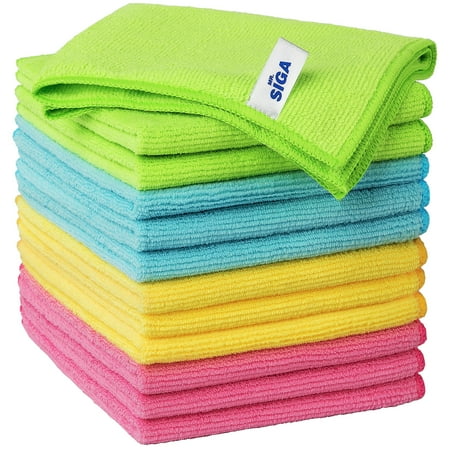
Cleaning vents is a lot like dusting elsewhere in the home. Microfiber cloths make it easy to get into the small groove sand remove dust.

For the smaller gaps and cervices you cannot reach with your finger, use detail brushes to remove dirt and grime for more efficient vents.
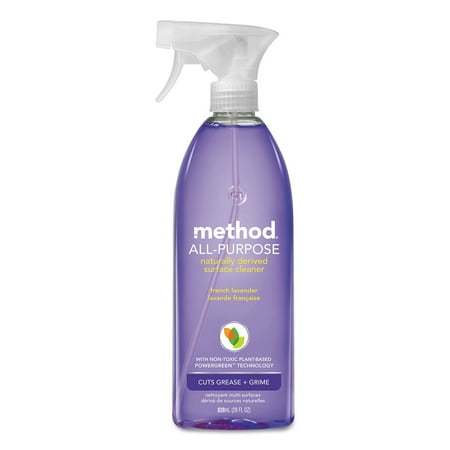
Damp dusting can make removing debris easier. This multi-purpose spray kills bacteria while making your home smell fresh. Simply spray on the cloth before wiping dust for better removal.
4. Furniture is covering vents
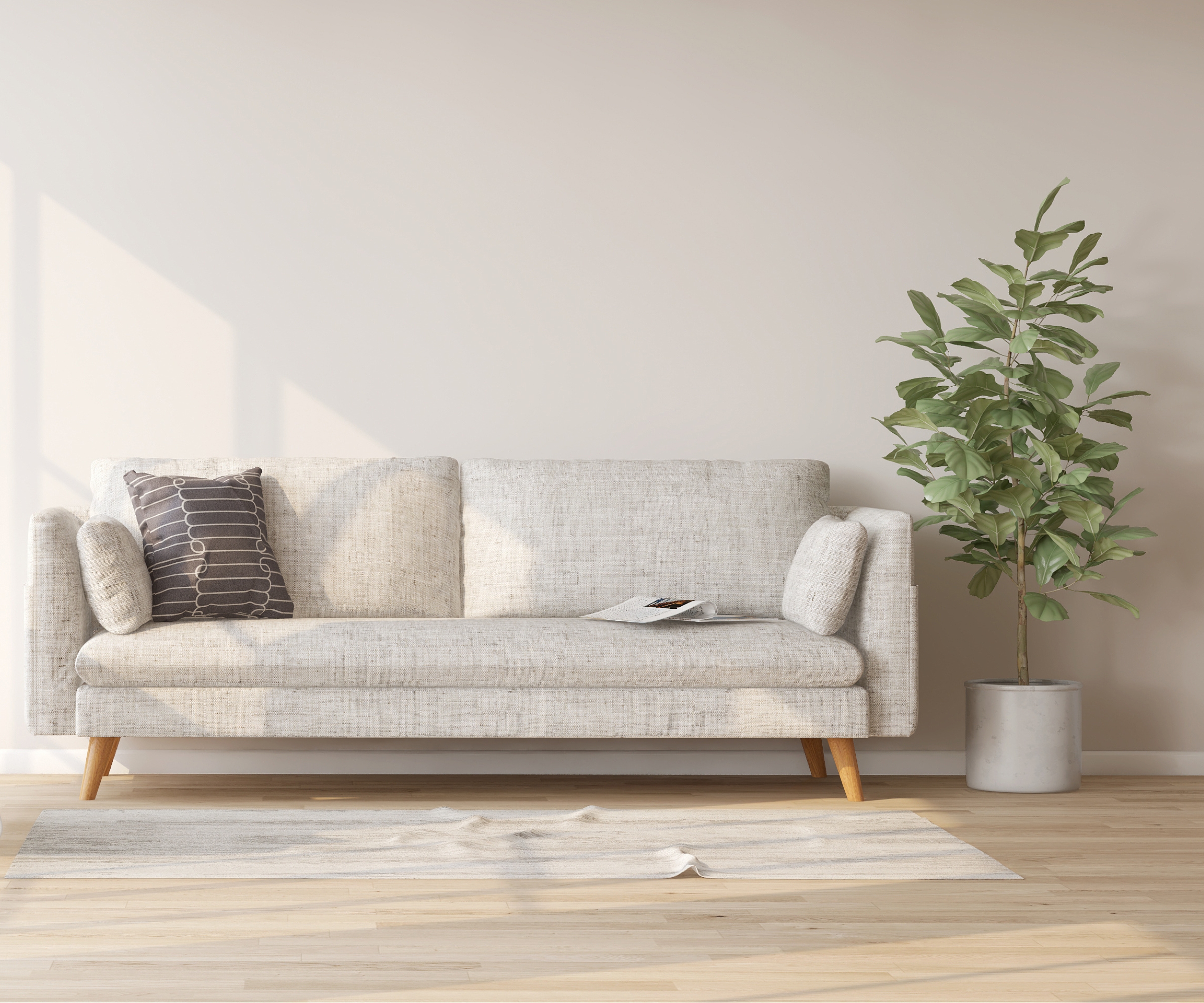
Sometimes the cause is obvious. Josh Mitchell says, ‘Blocked or closed vents can restrict airflow to certain rooms, causing them to heat unevenly. Furniture, rugs, or curtains that cover vents are common culprits. While closing vents in unused rooms is a good way to save energy, it can disrupt the balance of your HVAC system and lead to uneven heating.
‘Make sure all vents are open and unobstructed. Move furniture or other items that might be blocking airflow.
Avoid closing vents in unused rooms. Instead, consider installing a zoning system, which allows you to control the temperature in different areas of your home independently. This can improve comfort and reduce energy usage by up to 30%.’
5. Your thermostat is in the wrong place
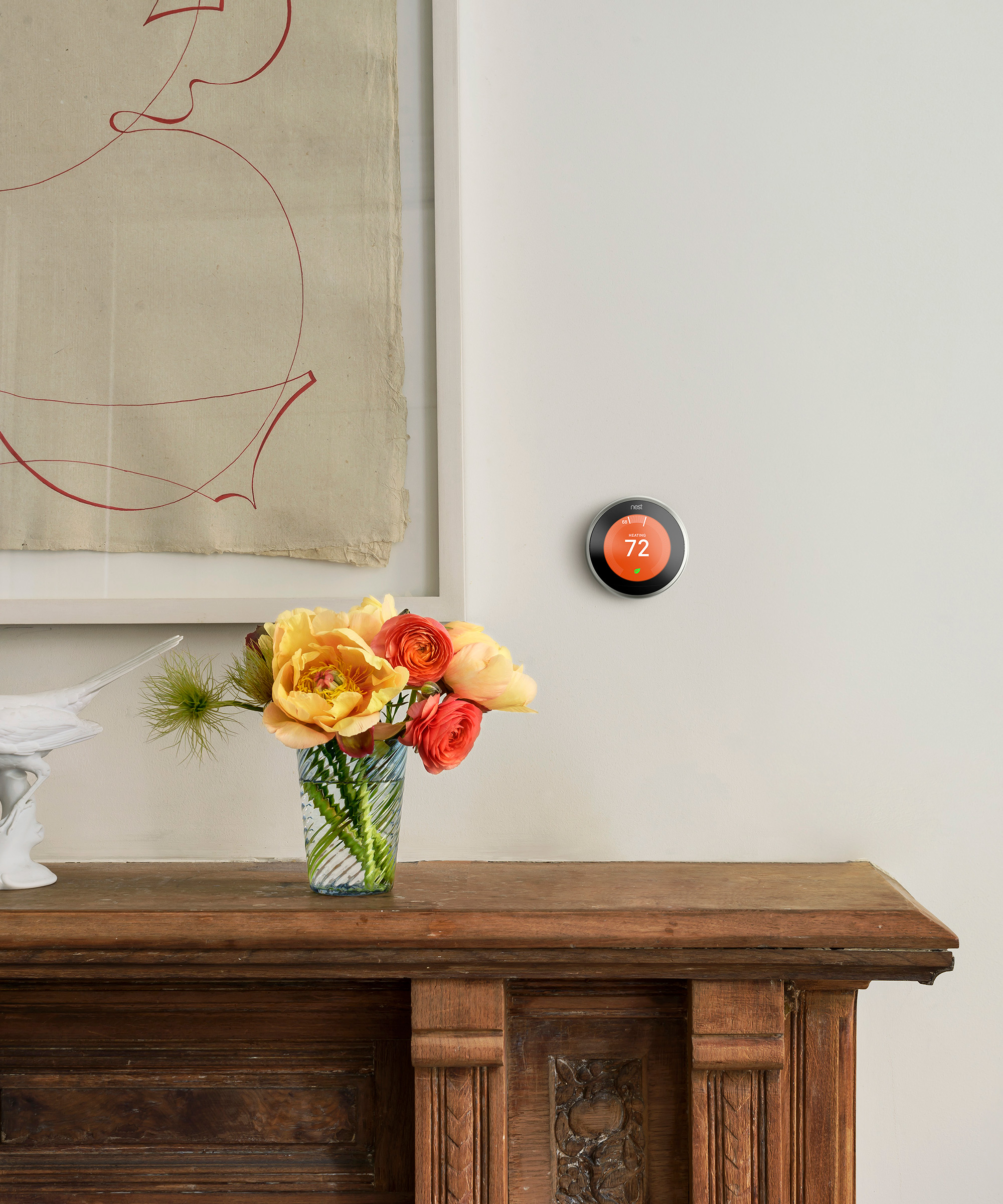
Finding the best place for a thermostat is essential to making your heating more efficient. Putting it in the wrong spot could cause your heating to click on and off prematurely, resulting in uneven temperatures throughout your home.
Courtney Klosterman, home insights expert at Hippo Insurance says, ‘Place your thermostat on an interior wall, away from direct sunlight, drafts, doorways, skylights, and windows, to allow for accurate readings and efficient operation.’
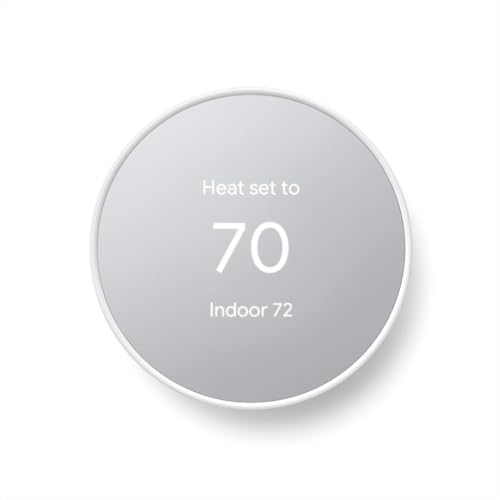
Josh Mitchell, HVAC pro says, 'This is easy to use and great for people looking to monitor and control heating remotely. It also provides energy-saving suggestions based on your patterns.'
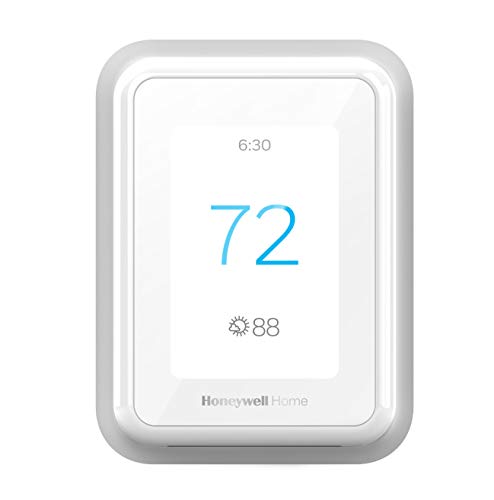
This has a touchscreen display and is compatible with Alexa. Josh recommends it and says, 'This model includes room sensors to prioritize heating in occupied areas, adding comfort and efficiency.'
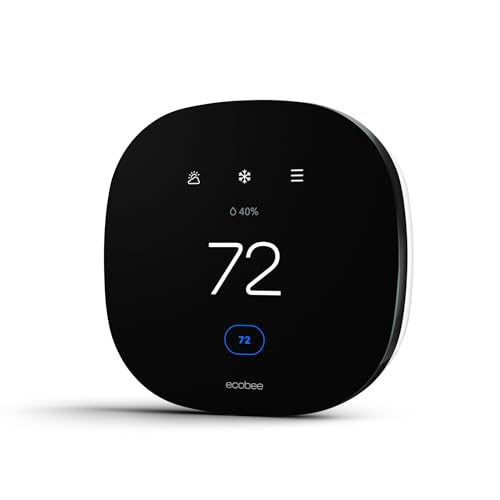
Josh rates this thermostat and says, 'This is another excellent option for smart control and energy savings. It integrates well with Alexa and other smart systems.' That includes Siri and Google Assistant. This is ENERGY STAR Certified and has a touchscreen.
FAQs
Why are hot and cold spots bad in a home?
Hot and cold spots in a home can lead to more than just discomfort. Cold, drafty areas may foster the growth of hidden mold or even cause pipes to freeze. Additionally, neglecting an uneven temperature throughout the home forces the heating system to work harder than needed, which can lead to increased energy costs as the system runs longer or at higher settings to achieve your desired comfort level.
If nothing you are doing is working to fix cold spots, consult an HVAC professional. It might be a sign your HVAC system needs replacing or that you would benefit from a zoned heating HVAC system instead.
Sign up to the Homes & Gardens newsletter
Design expertise in your inbox – from inspiring decorating ideas and beautiful celebrity homes to practical gardening advice and shopping round-ups.

Chiana has been at Homes & Gardens for two years and is our resident 'queen' of non-toxic living. She spends most of her time producing content for the Solved section of the website, helping readers get the most out of their homes through clever decluttering, cleaning, and tidying tips. She was named one of Fixr's top home improvement journalists in 2024.
You must confirm your public display name before commenting
Please logout and then login again, you will then be prompted to enter your display name.
-
 Ginger and apricot ice cream floats – part cocktail, part dessert
Ginger and apricot ice cream floats – part cocktail, part dessertKickstart your weekend with this boozy chilled treat, or leave out the alcohol for the perfect frozen mocktail
-
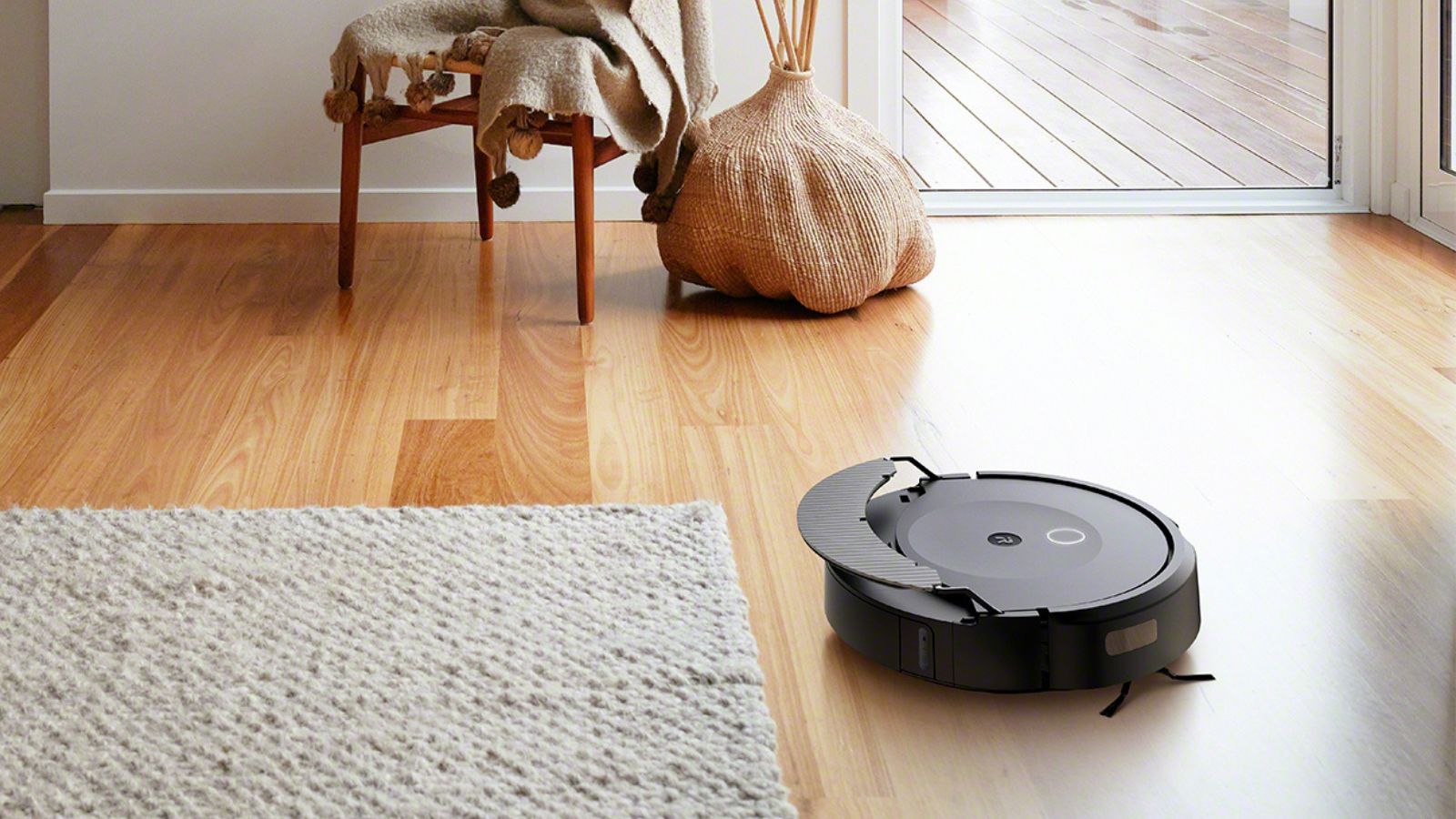 This expensive vacuum is like having a toddler who doesn't finish tasks – but it does look good
This expensive vacuum is like having a toddler who doesn't finish tasks – but it does look goodI put the Roomba Combo® 10 Max robot + AutoWash to the test
-
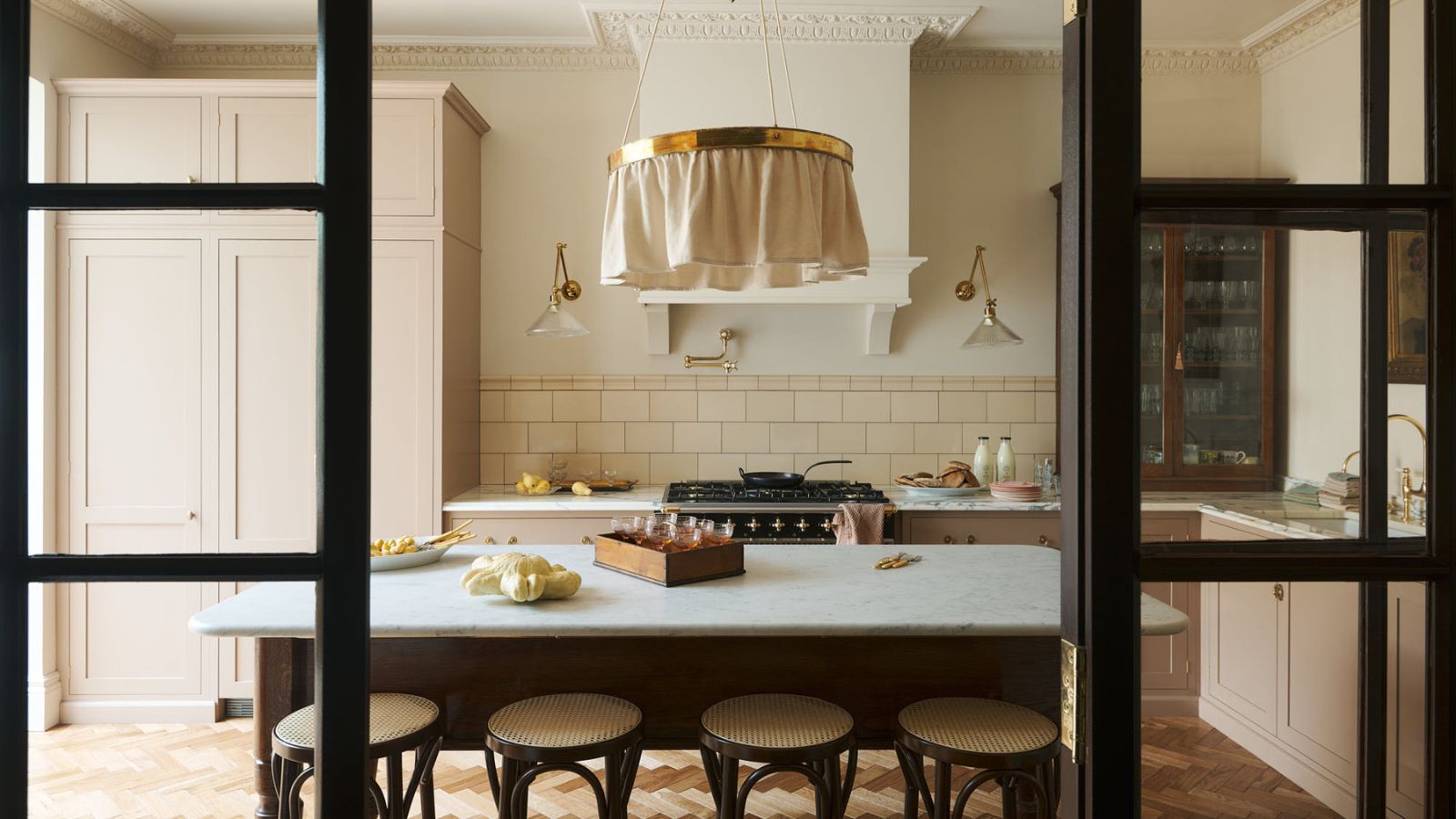 What’s the best temperature to set your thermostat this summer? Experts say this Goldilocks AC setting will perfectly balance comfort and cost
What’s the best temperature to set your thermostat this summer? Experts say this Goldilocks AC setting will perfectly balance comfort and costThis temperature will keep you cool without pushing up your bills
-
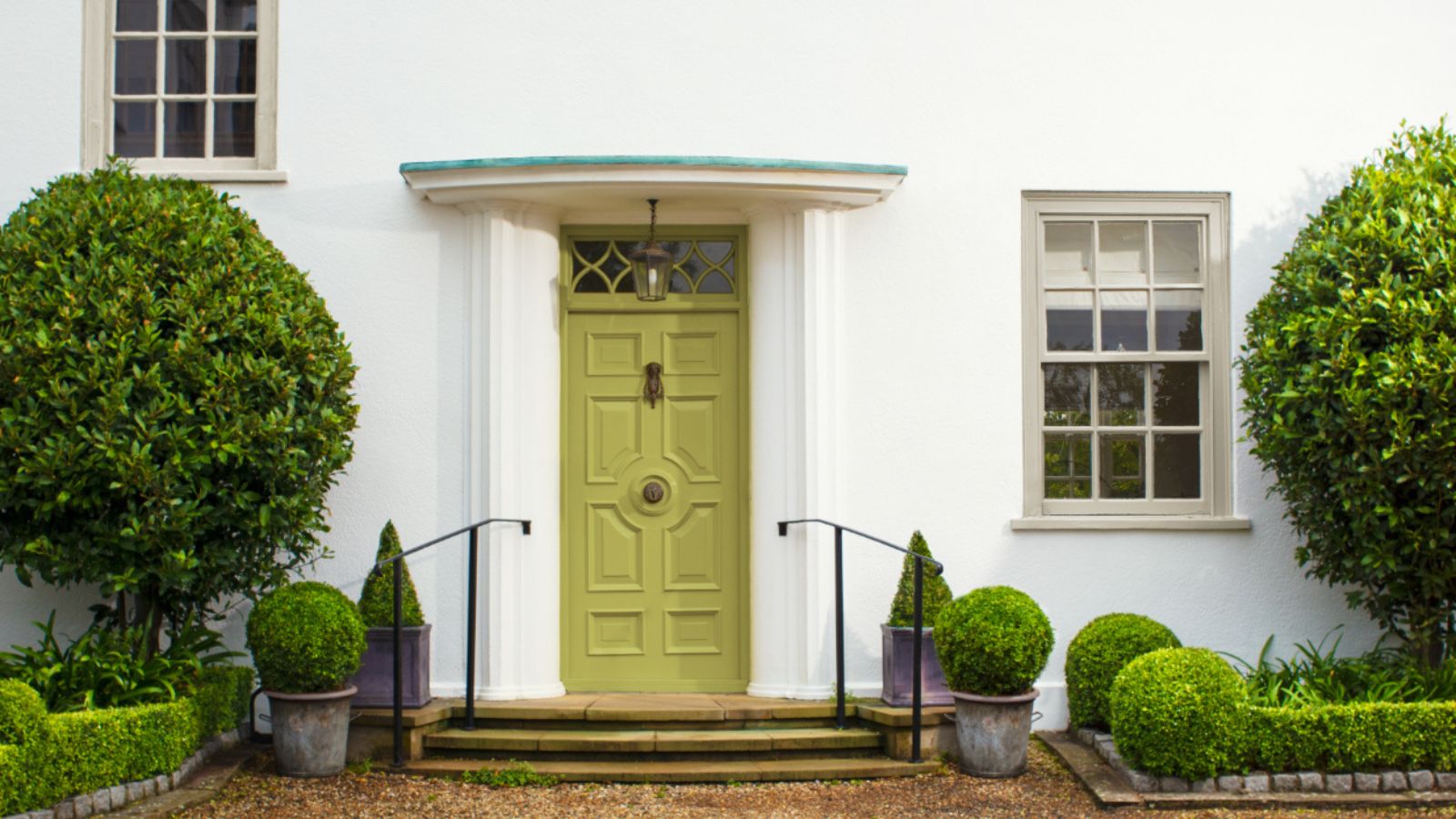 Why does my house feel damp? Experts reveal the 7 common reasons, risks and fixes to apply right now
Why does my house feel damp? Experts reveal the 7 common reasons, risks and fixes to apply right nowIf your house smells musty, there might be underlying damp to sort out
-
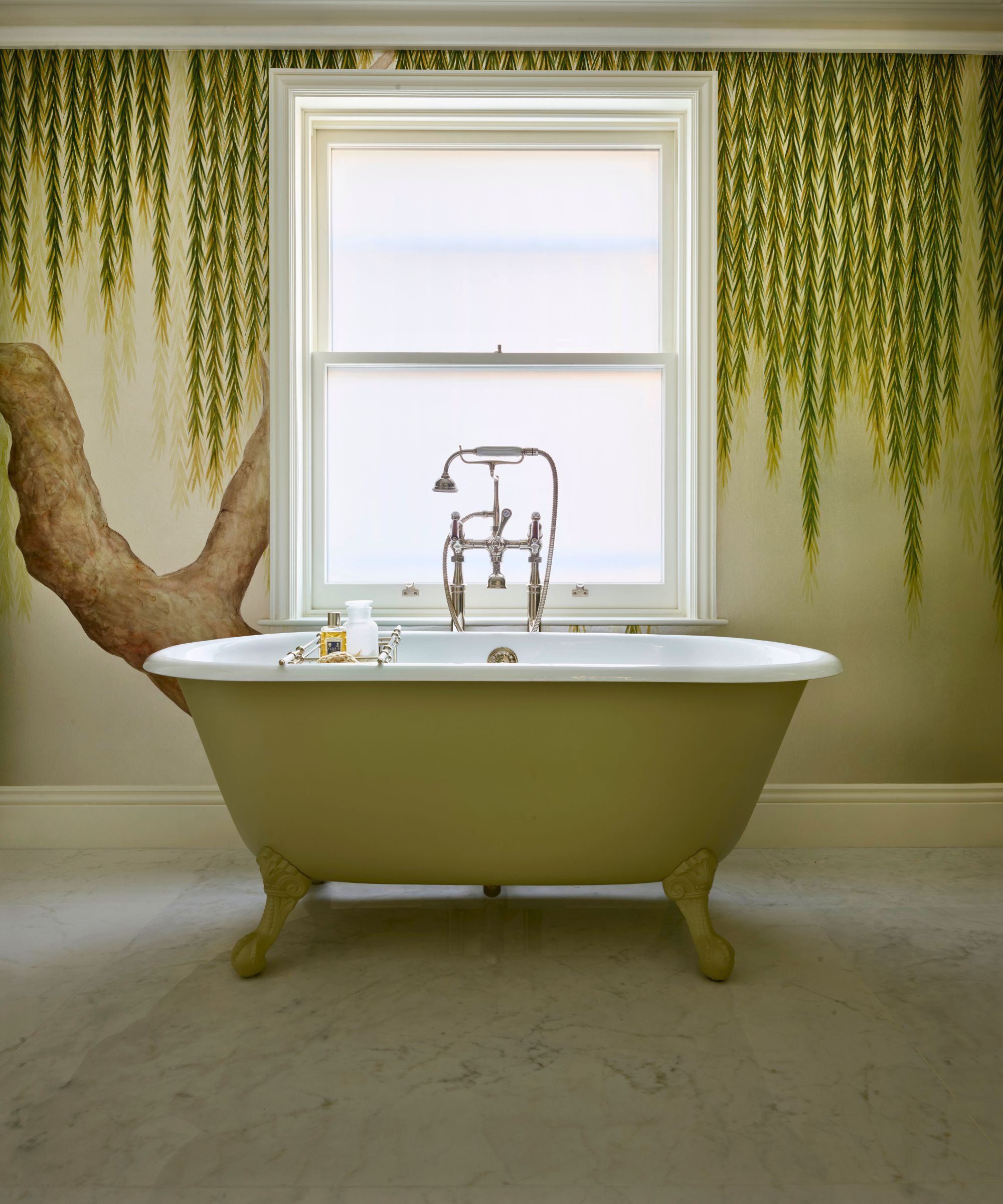 Do you have condensation on the outside of your windows? This simple rule of thumb determines if it's normal, or a sinister warning sign
Do you have condensation on the outside of your windows? This simple rule of thumb determines if it's normal, or a sinister warning signHVAC pros share expert insight
-
 HVAC pros reveal 2 'Goldilocks' ranges for the ideal room temperature in bitter winter – it differs from day to night, and room to room
HVAC pros reveal 2 'Goldilocks' ranges for the ideal room temperature in bitter winter – it differs from day to night, and room to roomKeeping rooms at the right temperature is vital for comfort and efficiency
-
 HVAC pros say this is the most efficient heating schedule to keep you warm at home all day – and why automating it is the best move
HVAC pros say this is the most efficient heating schedule to keep you warm at home all day – and why automating it is the best moveThere’s no one-size-fits-all – here’s how to tailor heating to your home
-
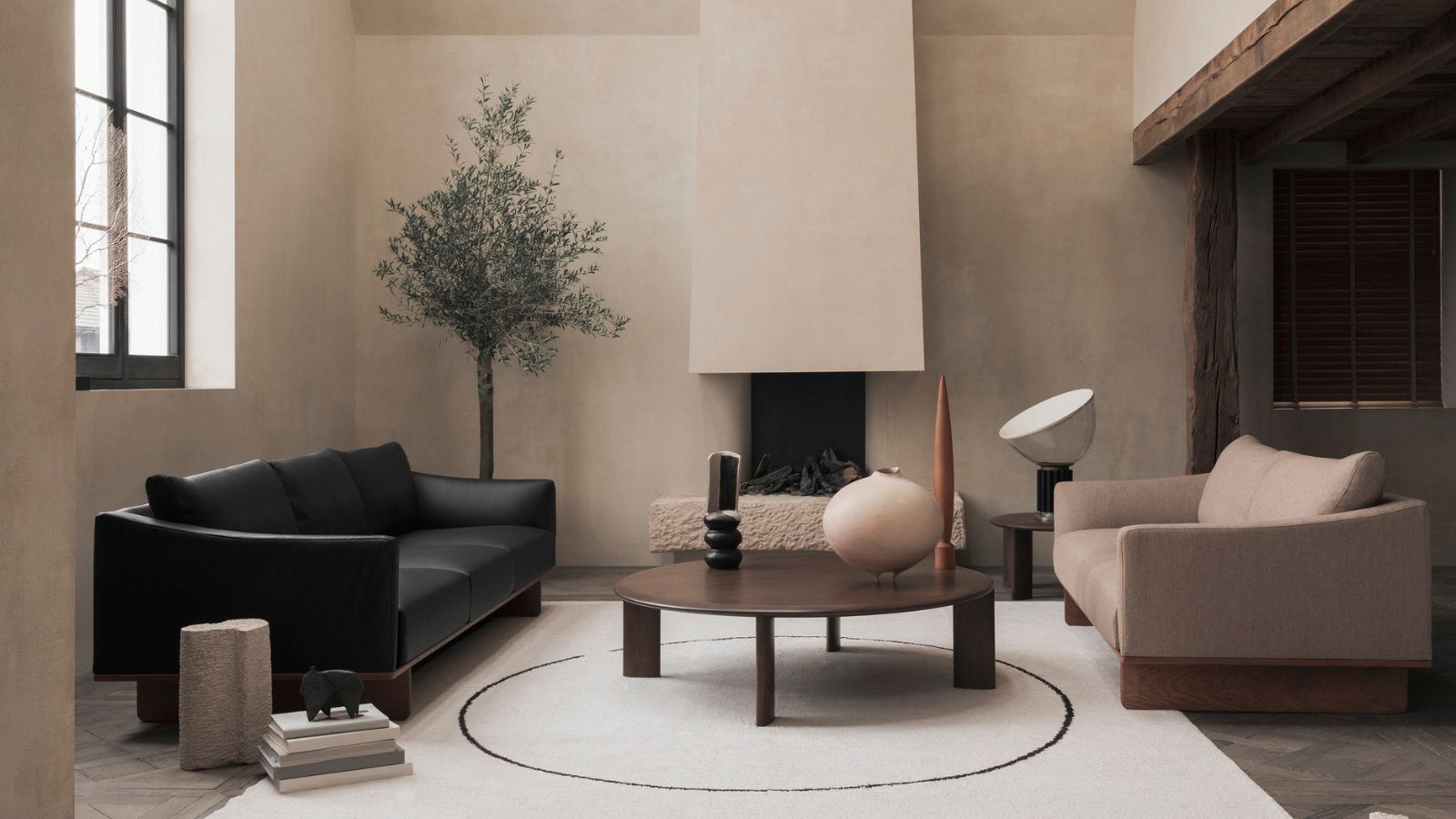 How dust and dirt increases your energy bills – plus 5 ways HVAC pros deal with it to cut costs
How dust and dirt increases your energy bills – plus 5 ways HVAC pros deal with it to cut costsThese cleaning tips could save you hundreds
-
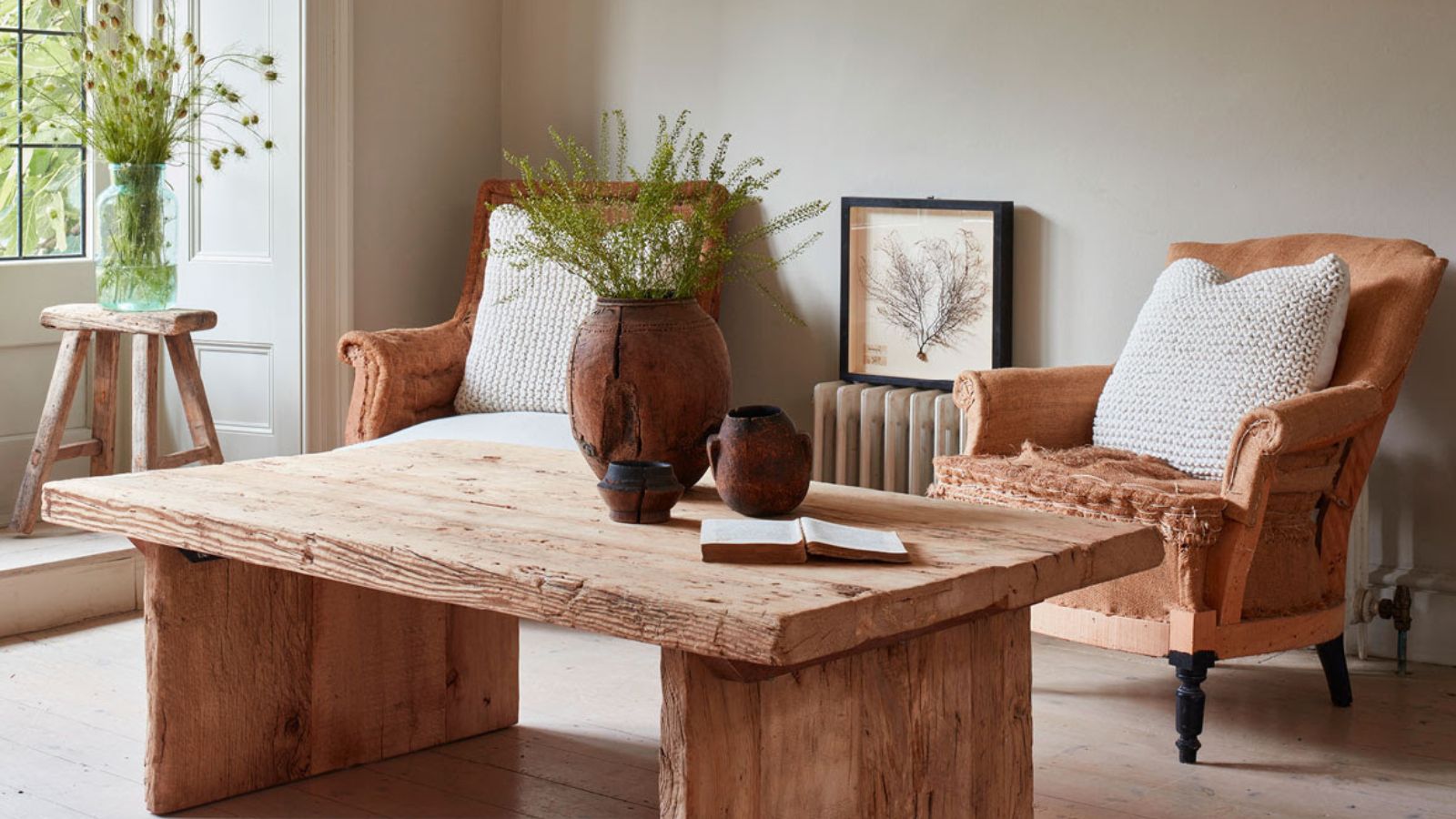 What is a zoned heating HVAC system? We get the lowdown from the pros
What is a zoned heating HVAC system? We get the lowdown from the prosThis expensive addition could actually save you money
-
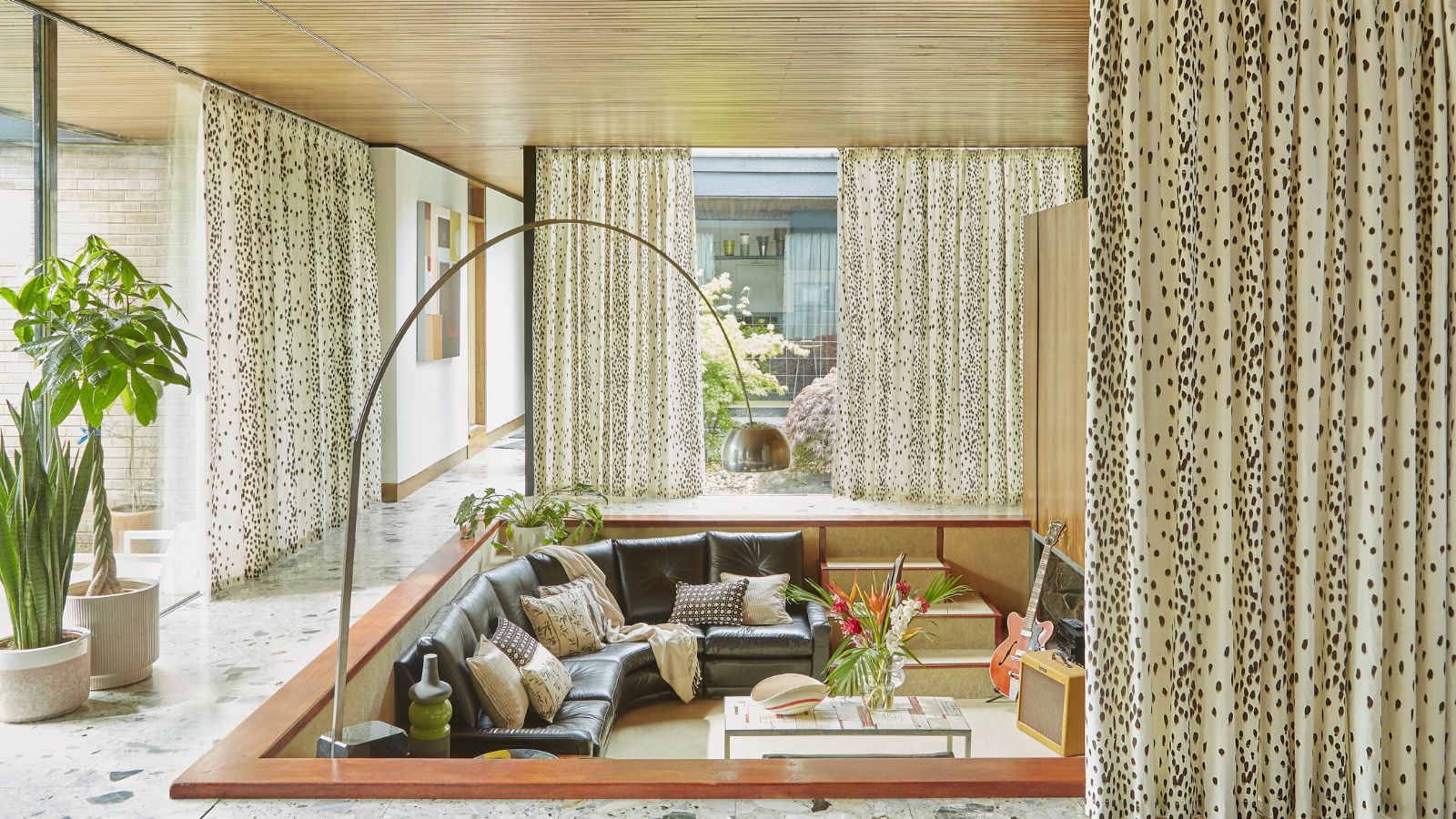 I spent years trying to combat window condensation – then a simple dish-soap trick turned out to be the key all along
I spent years trying to combat window condensation – then a simple dish-soap trick turned out to be the key all alongThe dish soap condensation hack takes five minutes to do, is oh-so effective, and cleaning pros love it